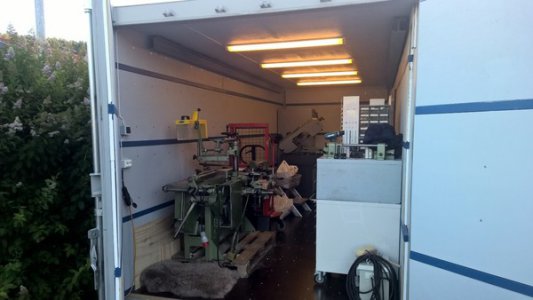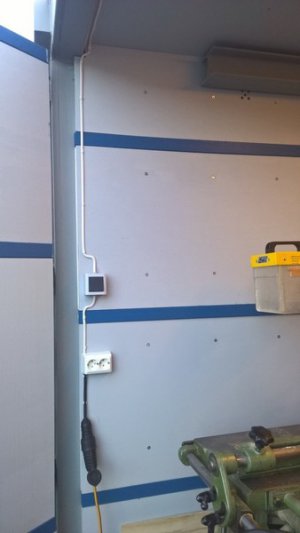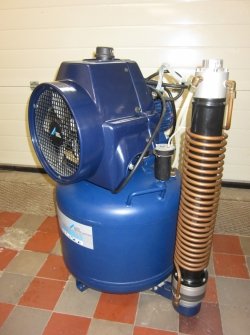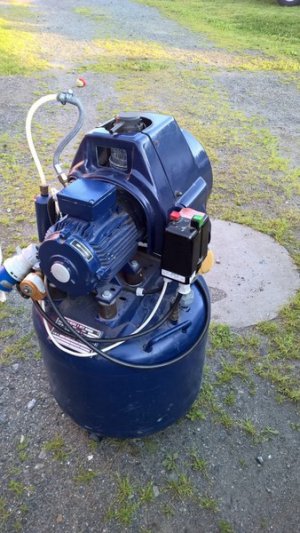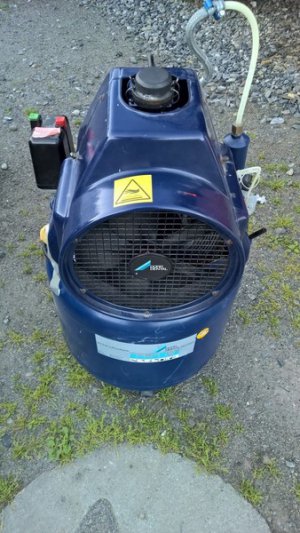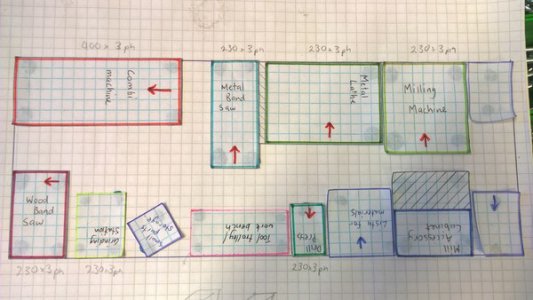- Joined
- Jan 7, 2013
- Messages
- 485
I haven't had time to read all of the post to date but thought I would offer some advice. First, you should install some type of air exchange. Some insulations have off gasses, you may want to check into the one you are using. Second, if you intend to work in this container in the winter you need some fresh air coming in. I would also install some type of automatic lighting in the event of a power outage. Without windows it would be black as pitch without lights. You could become confused and walk in to something. Even generators have problems. One other thing make sure that the box can not be locked with you inside. I know that this sound strange, but you can not be too safe.
Paul
Paul


